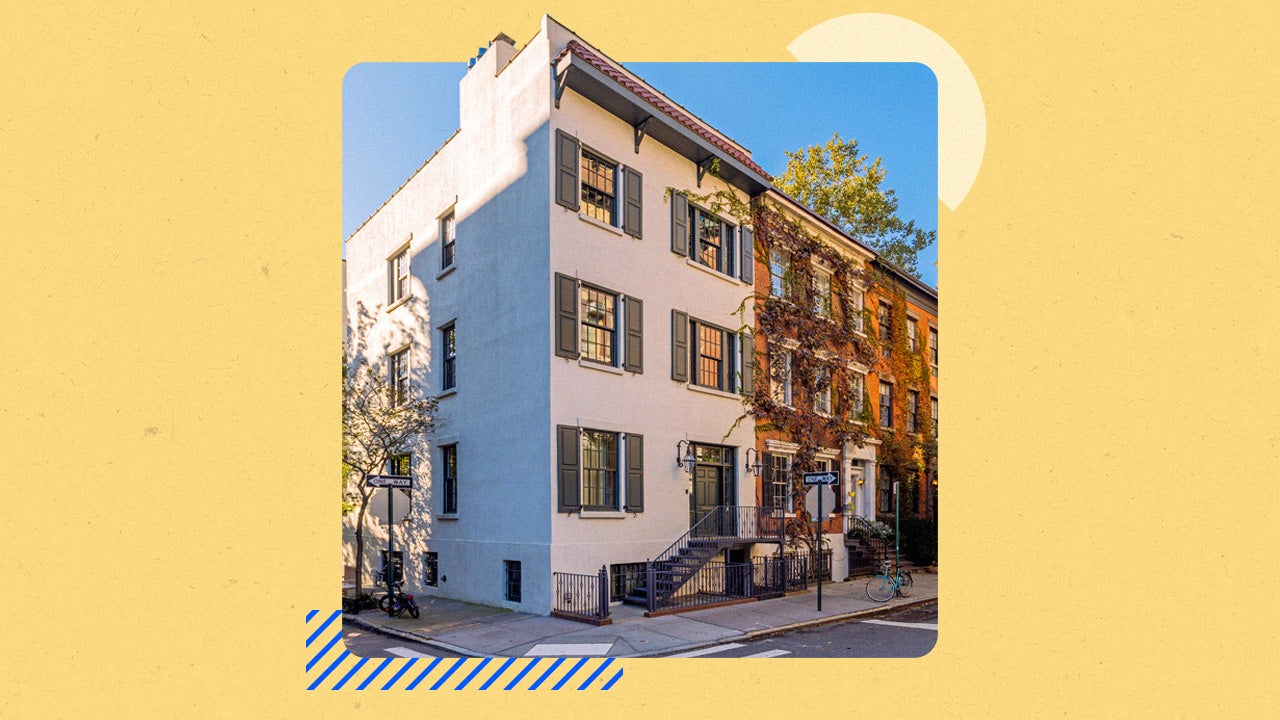Existing-home prices smash record, while sales retreat

Key takeaways
- Existing-home sales fell 2.7 percent in June to a seasonally adjusted annual rate of 3.93 million. Sales were unchanged from a year ago.
- The median existing-home sale price rose 2 percent from June 2024 to $435,300 — an all-time record and the 24th straight month of year-over-year price increases.
- The inventory of unsold existing homes fell 0.6 percent from May to 1.53 million at the end of June, the equivalent of 4.7 months’ supply at the current sales pace.
Existing-home sales remain slow even as home prices shatter records. The median home sale price for June 2025 surged to $435,300, the highest median price on record. But at the same time, June home sales slowed to an annual pace of just 3.93 million, matching last year’s weak number, the National Association of Realtors (NAR) reports.
NAR Chief Economist Lawrence Yun called the pace of sales “sluggish.” He pointed to affordability and mortgage rates as headwinds: “Multiple years of undersupply are driving the record-high home price,” Yun said. “Home construction continues to lag population growth. High mortgage rates are causing home sales to remain stuck at cyclical lows.”
The average 30-year fixed mortgage rate rose from a low of 6.2 percent in September 2024 to above 7 percent in early 2025. It stood at 6.81 percent as of July 16, according to Bankrate’s weekly survey of large lenders.
With home prices historically high, affordability challenges remain daunting for homebuyers. Lower mortgage rates would relieve some of that pain. But lower rates also could lure more buyers into the market, further fueling prices.
The fate of the housing market in the coming months will be dictated in part by the direction of mortgage rates.— Mark Hamrick, Bankrate Senior Economic Analyst
“The fate of the housing market in the coming months will be dictated in part by the direction of mortgage rates, as well as the health of the broader economy,” says Mark Hamrick, Bankrate’s senior economic analyst. “The market could benefit from a combination of tailwinds, if they were to develop and are sustained.”
Existing-home sales down from last month, even with last year
The count of existing-home sales incorporates all completed resales, including single-family houses, condos, townhouses and co-ops. According to NAR, the number of sales nationally fell from the previous month to an annual pace of 3.93 million transactions in June, matching the June 2024 pace.
In June, existing-home sales in the Northeast fell to an annual rate of 460,000, down 4.2 percent from a year ago. In the Midwest, sales rose to an annual rate of 950,000, up 2.2 percent from a year ago.
Existing-home sales in the South reached an annual rate of 1.81 million, up 1.7 percent from last year. In the West sales were at an annual rate of 710,000, down 4.1 percent from a year ago.
Days on market
Properties typically stayed on the market for 27 days in June — unchanged from May but up significantly from just 22 days in June 2024. Selling times are a crucial measure at any time of year, but especially during the peak spring and summer selling seasons.
Home prices smash last year’s record
The nationwide median sale price for existing homes in June was $435,300 — a record high as well as the highest-ever median for the month. Compared to June 2024’s previous all-time high of $426,900, that’s an increase of 2 percent. This marks 24 consecutive months of year-over-year price increases.
Multiple years of undersupply are driving the record-high home price.— Lawrence Yun, Chief Economist, National Association of Realtors
Regionally, prices rose everywhere. June’s median price in the Northeast was $543,300, a 4.2 percent increase from a year ago. The median in the Midwest was $337,600, up 3.4 percent year-over-year.
In the South, the median was $374,500, up 0.3 percent from last year. The West continues to have the highest median price by far at $636,100, up 1 percent from June 2024.
First-time homebuyers made up 30 percent of sales in June, unchanged from May and an improvement over the all-time low of 26 percent in August and September of last year. Cash sales accounted for 29 percent of transactions in June, up from 27 percent in May.
Supply again improves year-over-year
The inventory of unsold existing homes declined 0.6 percent from the previous month to 1.53 million at the end of June, or the equivalent of 4.7 months’ supply at the current monthly sales pace. That’s a 15.9 percent increase from a year ago. But, while buyers are gaining bargaining power, inventory still remains a bit below the 5 or 6 months typically considered the mark of a balanced market.
“We know there’s a lot of talk about excess inventory, especially in Texas and Florida, [but] we are still short on inventory,” Yun said.
Why we ask for feedback Your feedback helps us improve our content and services. It takes less than a minute to complete.
Your responses are anonymous and will only be used for improving our website.






